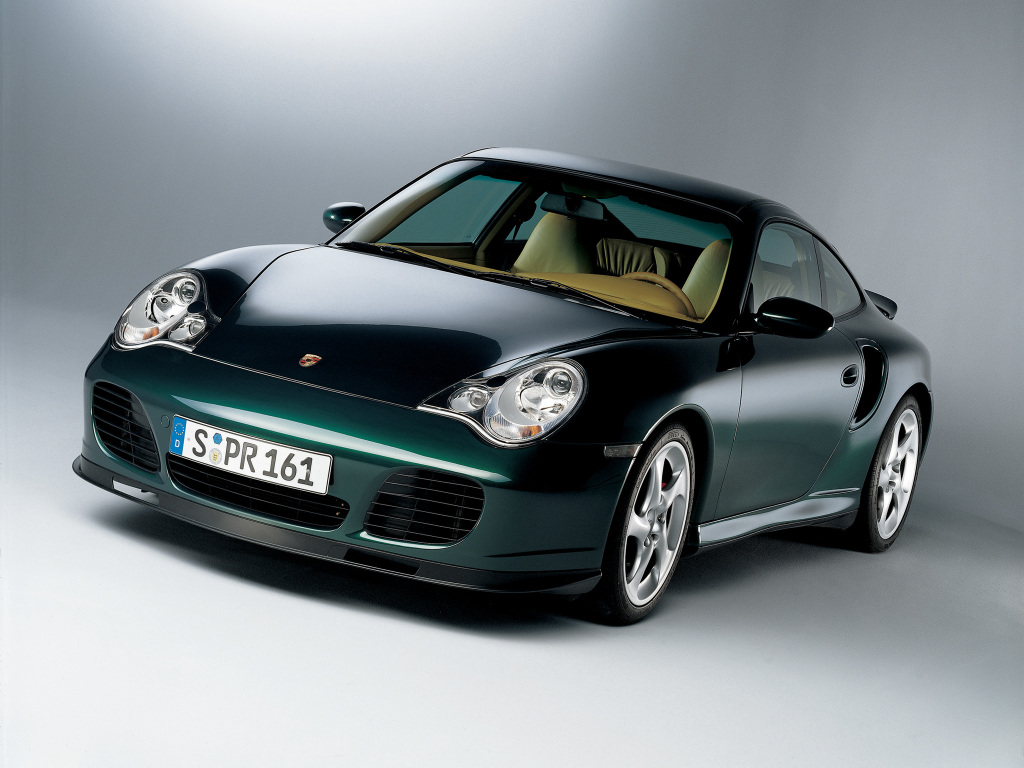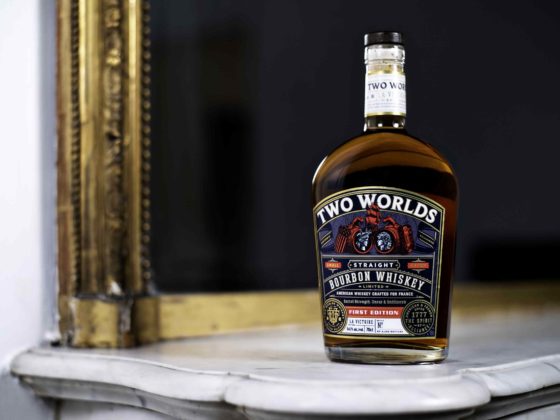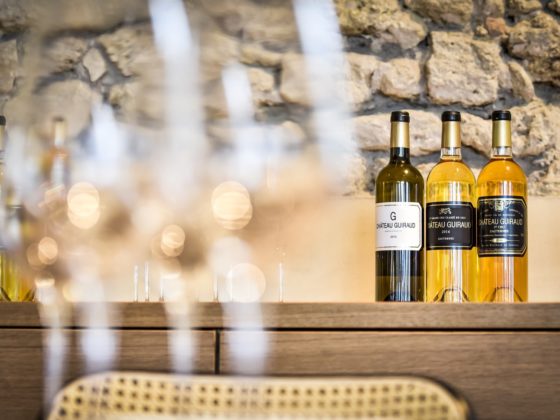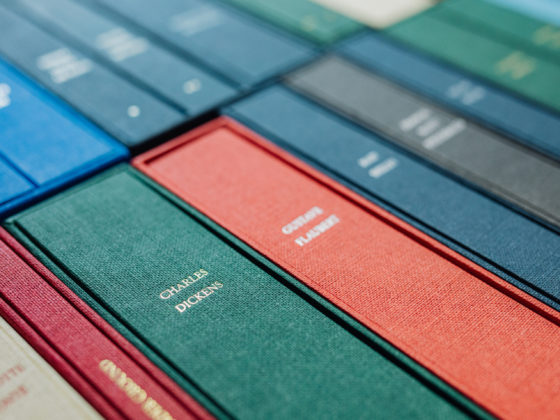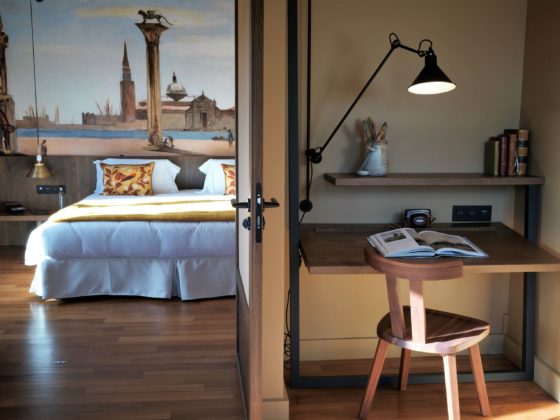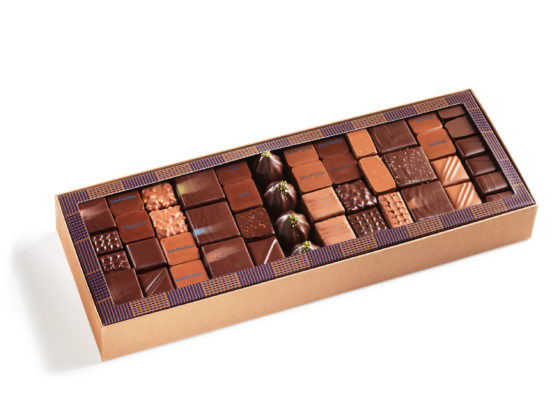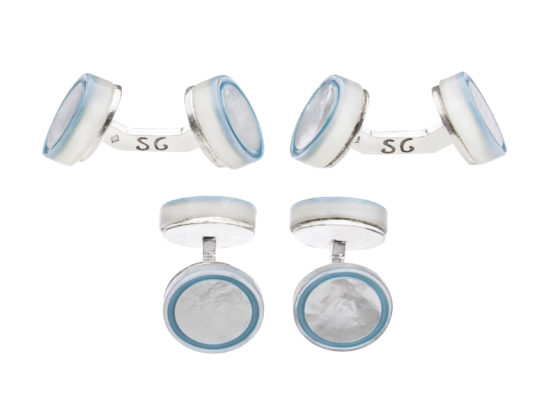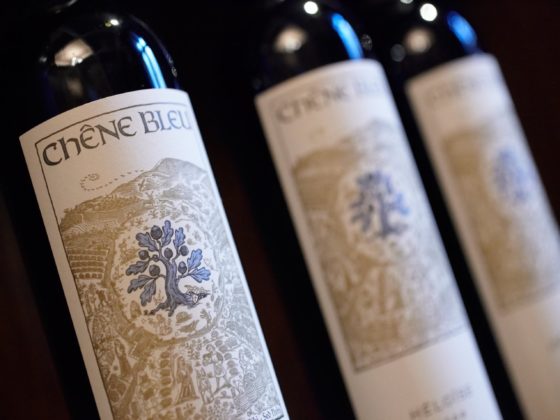Not easy to succeed a myth. Taking over from the last air Porsche, the 996 faced a double challenge. First, to advance the prestigious 911 lineage without betraying its DNA or its spirit. Then, to bring it into a new millennium. She did it perfectly. This is the story of Porsche’s greatest commercial success, but also the passion test of the first 911 of the industrial era “with water”..
By François Tauriac
“Everything must change so that nothing changes,” says Tancredi in Visconti’s Le Guépard. Alain Delon has never been a fan of Porsche, passionate about Italian cars that he was. cMême s’il a été longtemps amoureux d’une belle allemande. It is undoubtedly while ruminating on this famous sentence that the other brand with the prancing horse elaborated the plans of its 996. Having decided to abandon the 993, mainly because of the unenforceable requirements of the anti-pollution standards, the Stuttgart designers decided to start from a completely blank sheet of paper to imagine the newborn. It is undoubtedly while ruminating on this famous sentence that the other brand with the prancing horse elaborated the plans of its 996. Although it has the general look of the “crouching frog” dear to the heart of porch workers, the body is not the same at all.

It is totally unprecedented. Longer by 17 cm (4.43 meters), a little wider by 3 cm, and almost the same height. But it is its wheelbase that evolves the most: 7.18 cm. By all accounts, the rear three-quarter of this Porsche is the most successful part. The front of the car, with its new headlights integrating the turn signals – borrowed from the Boxster – is far from being unanimously approved. Its hips are more generous, its rear lights are typical and very aesthetic, its deploying spoiler even better integrated than that of its predecessor. It must be said that under the hood, we had to make room. Crash test requirements. The engine is also completely new. It’s still a rear overhung flat six, but it’s now water cooled. Radiator located in the nose of the unit and expansion tank at the back. Then, it does not take absolutely no part of the previous block. It’s a 3.4-liter engine with an unprecedented displacement. The pistons have been lined in order to make the engine quieter and, above all, to guarantee a narrower operating temperature range. Finally, both cylinder heads are equipped with 32 valves, a Bosch multipoint sequential indirect injection and a variocam timing phaser. The dry sump is integrated underneath the block and has thus replaced the classic oil pan.
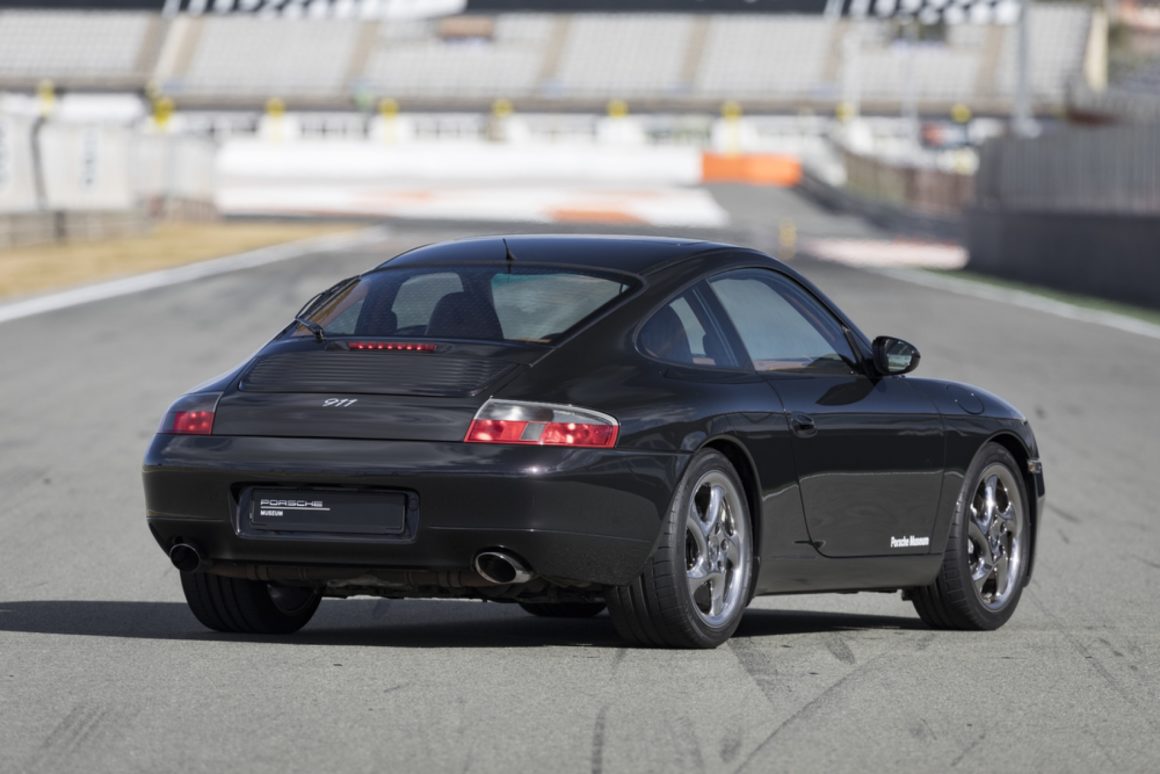
As a result, the block produces 300 hp. It takes the 996 to over 280 km/h. It goes from 0 to 100 km/h in 5.2 seconds. The 3.4-liter is also more fuel efficient – less than 10 liters per 100 km at 90 km/h -, more torquey, more reliable and less demanding in maintenance. The funny thing is that all these major advances do not affect the overall weight of the car. They even make it lighter, bringing it down to 1,320 kg.
Driving is also a culture shock. First, the car feels more airy. The larger glass surface. The same goes for elbow width and seat width. As for the driving position, it is decidedly modern. Adjustable steering wheel in depth. Multi-position electric seats. Outside, the pedal hinge floor, as the British say. Now it’s time for the classic hanging controls. The funny thing is that all these major advances do not affect the overall weight of the car. The tachometer is still the focus, but the overlapping meters are less typical. Although the electronic oil level that lights up before starting is much more convenient. The 911 invariably wakes up the same way, even if it no longer emits its puffing music. The original pot is a disaster. A suffocating gag with Audi A4 TDi flavors. The stainless steel sports pot is therefore – once again – a mandatory option. The gearbox is even better than on the 993. And, thanks to its cable controls, it remains firm and precise. The clutch, no harder and more complicated to handle than that of a new production Peugeot.
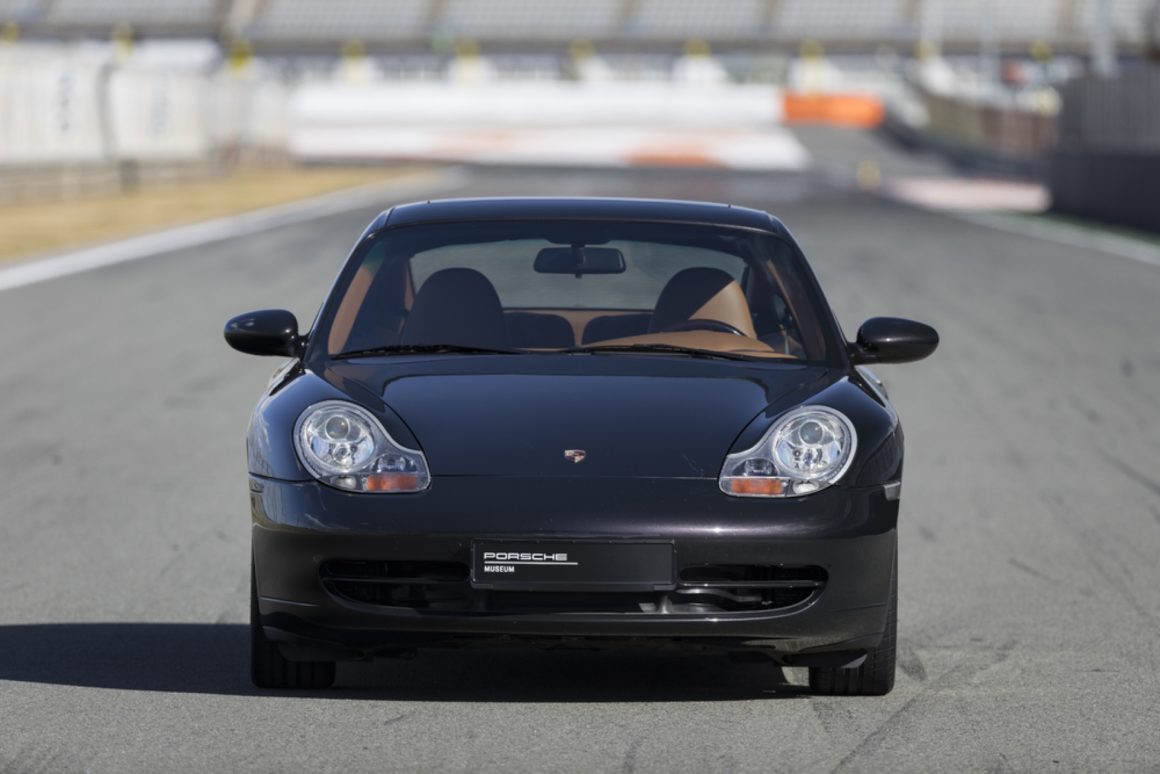
But it is when the engine speaks that the real differences are felt. Of course, we find the features that have made the reputation of the brand. But the variable intake and the 32 valves make the show. There is always the kick at 4,000 rpm, but the regular will discover another one around 6,000. High in the towers, the lyrical flights of fancy are reminiscent of certain operas reserved for Italian V6s until then. It fires and meows as much as it wants. Like in a cage of wild beasts at the time of the beef ribs. As for the road handling, it is less typical than on the 993. First of all, there is the weight of the water radiator on the front wheels, a new aluminum axle that it shares with the Boxster, a new steering box located in front of the axle bringing even more precision and finally a four-link rear axle inspired by the Weissach rear axle widely developed on the 928. Add to that a CX of 0.30 instead of 0.34 and a better weight distribution and you get a car that is even easier to drive, with braking that is still amazingly efficient. At the risk of making the purists jump, it’s even been a while since the 911s have been driving monsters. Technical devices that are difficult to control. The 993s, except in extreme conditions, had already put the T, S or other SCs on the shelf of memories. Or more often embedded in the slides with their so-called gentleman driver at the wheel.
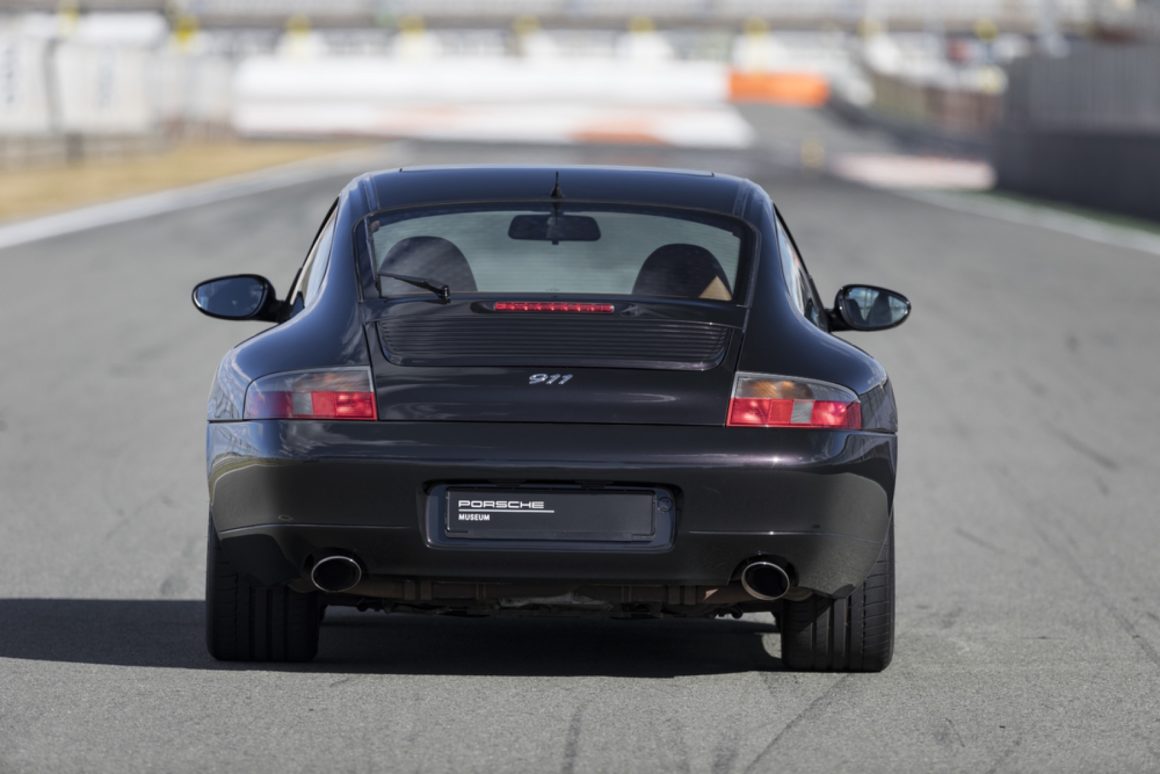
This 996 certainly erases a bit the specificities that made the reputation of the model, but it also opens the door to a less sharp clientele, more neophyte, but just as eager for GT sensations. She won’t be disappointed. The sales figures speak for themselves. 175,000 copies will be sold in 7 years. A record. Faced with such a craze, the brand even decided very quickly to develop its engines. First of all to silence the nasty rumor of some mysterious engine failures.
Of course there were problems on this block,” concedes Pierre Sudreau, boss of TEA Cerede Insurance and owner of a 996 4S. IThey would have been due, in particular, to a weakness of the IMS intermediate shaft bearing, but too often we forget that the 964, for example, also suffered problems at the beginning of its life on the dual mass flywheel clutches and double igniter failures. Let’s not forget that the brand has also sold more than twice as many 996s, which necessarily multiplies the risks. It’s easy to solve the IMS problem on the 996s, you just have to change it around 80,000 km at the same time as the clutch. Then there are plenty of 996 owners with 300,000 km of trouble-free driving. That didn’t stop Porsche, without admitting it, from deciding to make these defects a bad memory by upgrading its block to 3.6 liters in order to reach 320 HP.
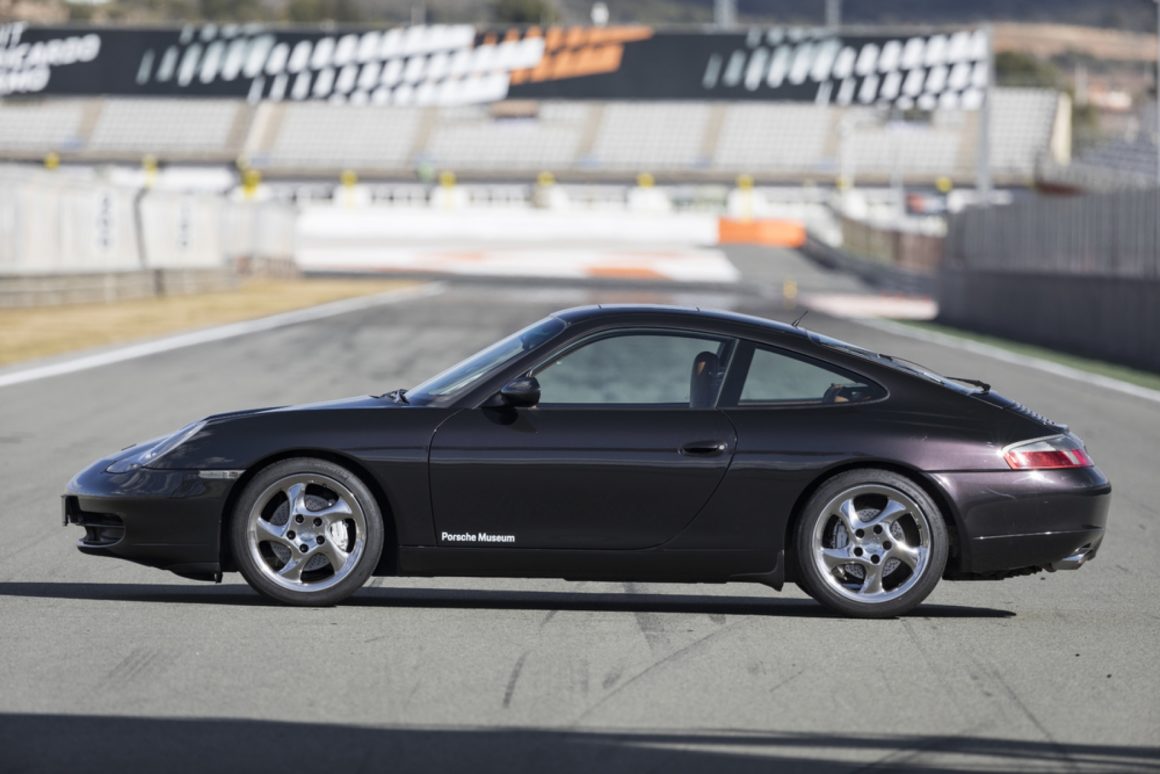
I have always dreamed of a 911,” admits Philippe Guetta, owner of Finaxy Entreprise in Paris and a great connoisseur of fine wines, but I would never have dared to take the Porsche step before the 996. I’m not a technician, but I have to admit that this car combines, in a much less spartan comfort than its predecessor that I was able to test, all that one has the right to expect from a modern sports car. It is fantastic and I made long trips to Grenoble at its wheel. It has evolved without betraying its lineage, while perpetuating the legend and making it accessible.” The 996s are starting to climb nicely You can find 98 models (orange indicators, 17′ rim) around 20 000 euros. This is a good way to access the world of magic frogs.


